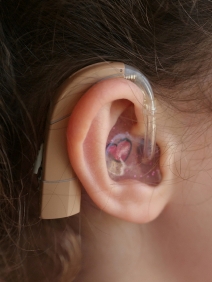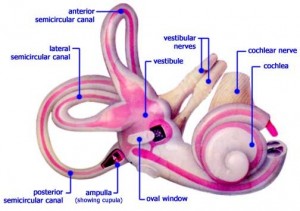“Help, too many choices!” – This could quite likely be the thought going through your head while standing in front of the butter and margarine section of the grocery store. It seems through the years that an increasing number of brands and products have appeared on the shelves. So, how do you begin to make a well informed decision of which to buy? It may initially take some time to look at the labels, but you are likely to continue to buy this product as a household staple for years to come. Here are some things to consider when deciding upon which butter or margarine product to choose.
Margarine – The major issue with margarine is the presence of trans fats. Health Canada notes that trans fats raise levels of LDL-cholesterol while lowering levels of HDL-cholesterol in the blood. This is not a good thing as LDL-cholesterol increases the risk of heart disease, while HDL-cholesterol helps to prevent heart disease. Dr. Kristie Leong explains that, in general, the more the liquid the margarine the less trans fat the margarine contains. Be sure to read the Nutrition Facts on the label as well as the ingredients list. Sometimes the label will say that there is 0 grams of trans fats, even though some is present in the product. Keep an eye out for hydrogenated and fractionated oils on the ingredients list to indicate the presence of trans fats.
Butter – The major issue with butter is the high content of saturated fats. According to Health Canada, saturated fats increase levels of both LDL-cholesterol and HDL-cholesterol in the blood; thus, saturated fats have both positive and negative effects. Consumption of saturated fats have previously been thought to increase the risk of coronary heart disease, cardiovascular disease, and stroke. However, a study by Siri-Tarino et al. (2010) suggests that there is no link between saturated fats and heart disease. Nevertheless, to be on the safe side try to consume butters with lower amounts of saturated fats. On a positive note, butter is less processed than margarine, and, as Dr. Kristie Leong explains, butter is a source of other beneficial nutrients, of which margarine is not.
Overall, try to limit the amount of butter and/or margarine you consume on a daily basis. Eating it in similar quantities as the people in the video shown below is not advised. I would opt for a butter that is low in saturated fat. If you prefer margarine, then choose one that does not contain trans fat. But, in the end, the product you buy is up to you!

References:
Siri-Tarino, Patty W, Sun, Qi, Hu, Frank B, and Krauss, Ronald M. (2010). “Meta-analysis of prospective cohort studies evaluating the association of saturated fat with cardiovascular disease.” The American Journal of Clinical Nutrition 91(3): 535-546.
Submitted by: Angela Johnston












